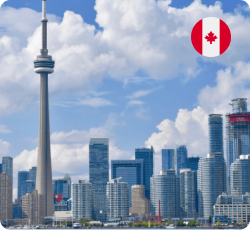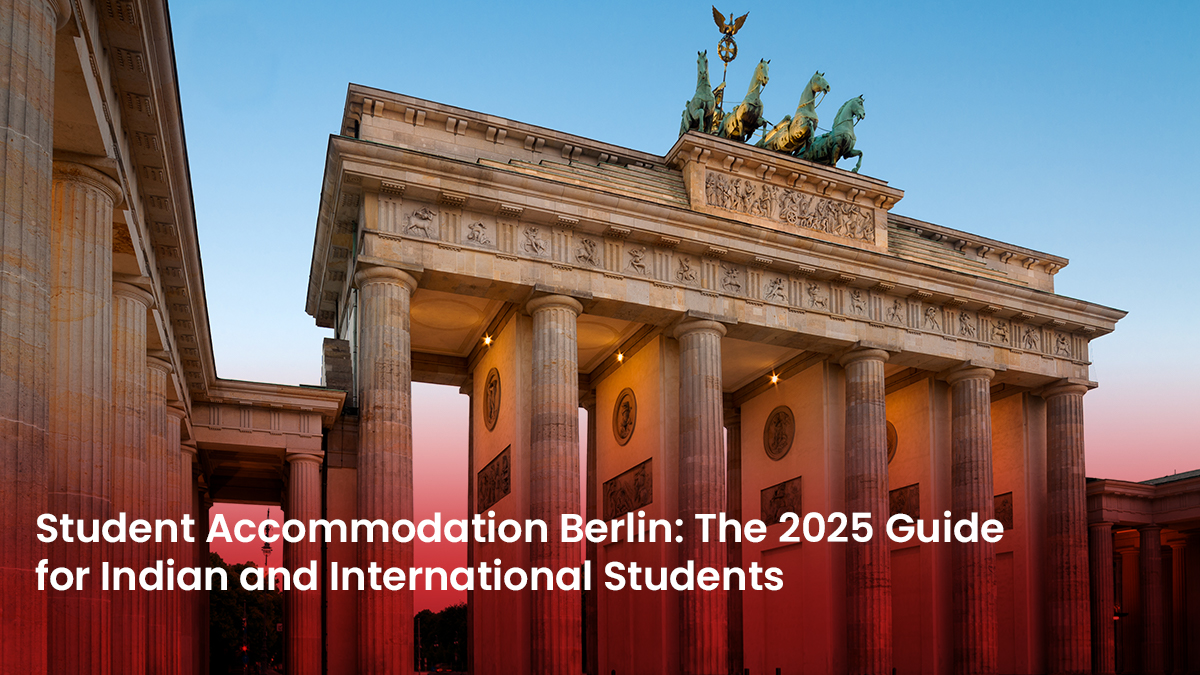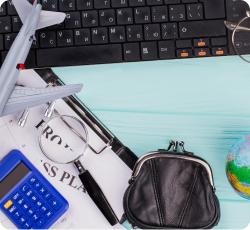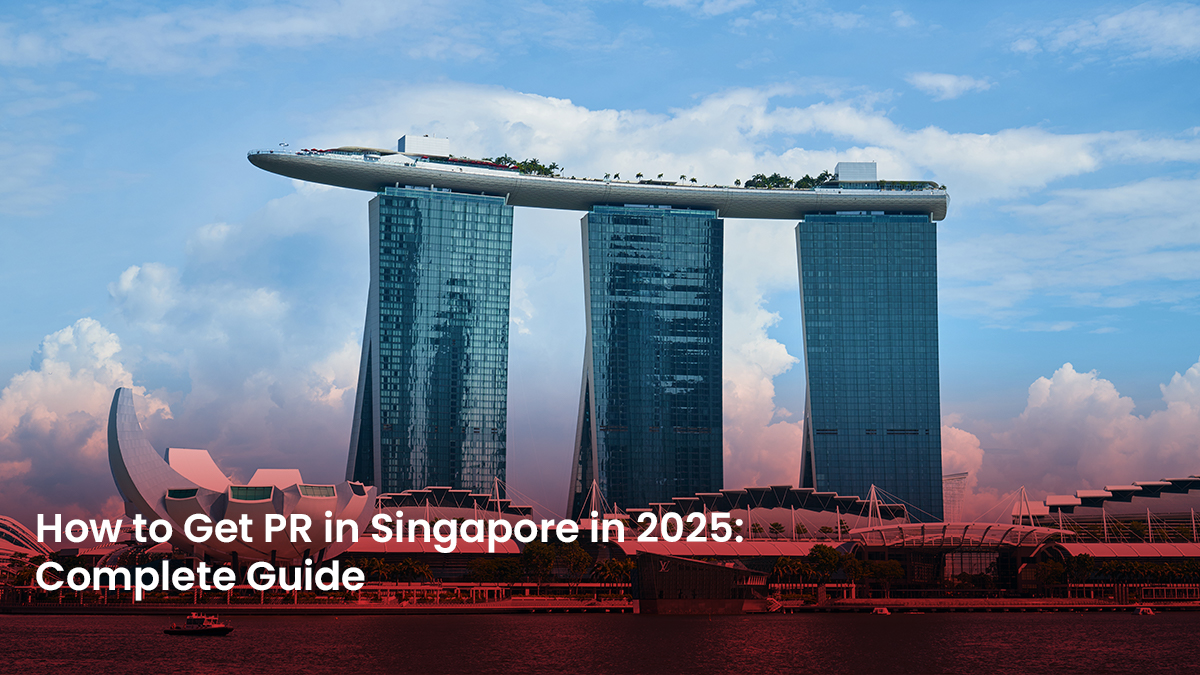Singapore, a global hub for innovation, education, and opportunity, attracts thousands of Indians and international students seeking permanent residency (PR). With its high quality of life, robust economy, and cultural diversity, securing PR in Singapore is a dream for many. But how to get PR in Singapore, especially from India or after study? This comprehensive MSM Unify guide explores eligibility, application processes, timelines, and tips to boost your chances in 2025, answering key questions like how long does it take to get PR in Singapore and how easy is it to get PR in Singapore.
Why Pursue PR in Singapore?
Singapore PR offers significant benefits, making it a coveted status:
- Residency Flexibility: Live, work, and travel without visa restrictions.
- Economic Perks: Access to Central Provident Fund (CPF) contributions for retirement, healthcare, and housing.
- Housing Opportunities: Eligibility to purchase resale HDB flats, an affordable housing option.
- Education and Healthcare: Subsidized access to world-class schools and medical services.
- Pathway to Citizenship: PR status is a stepping stone to Singapore citizenship.
For Indians, Singapore’s proximity to India, vibrant Indian community (over 700,000 strong), and thriving job market make it an ideal destination. However, the process is competitive, with only about 30,000 PR approvals annually from 100,000–120,000 applications.
Eligibility for Singapore PR
The Immigration and Checkpoints Authority (ICA) evaluates PR applications based on economic contribution, integration potential, and societal impact. Here are the main schemes for how to get PR in Singapore:
| Scheme | Eligibility Criteria | Best Suited For |
| Professionals, Technical Personnel, and Skilled Workers (PTS) | – Employment Pass, S Pass, or EntrePass holder – Minimum 6 months of employment – Stable income and qualifications |
Professionals, especially in tech, finance, or healthcare |
| Student Scheme | – 2+ years studying in Singapore – Passed a national exam (e.g., PSLE, GCE N/O/A Levels) or enrolled in Integrated Programme |
International students |
| Spouse/Child of Citizen/PR | – Spouse of a Singapore citizen/PR – Unmarried children under 21 |
Family members |
| Global Investor Programme (GIP) | – Investment of SGD 2.5M+ in a business or fund | Entrepreneurs and investors |
| Foreign Artistic Talent (ForArts) | – Proven excellence in arts (e.g., music, film) | Artists with international recognition |
Notes for Indians
- Educational Qualifications: Degrees from recognized Indian institutions (e.g., IITs, IIMs) strengthen applications.
- Language Skills: English proficiency is crucial; additional skills in Mandarin or Malay can enhance integration.
- National Service (NS): Male applicants granted PR (or their children) must serve NS, typically 2 years, unless exempted.
How to Get PR in Singapore from India
For Indians asking how to get a PR in Singapore from India, the process involves preparation, employment, and application. Here’s a step-by-step guide:
- Secure Employment:
- Obtain an Employment Pass (EP) or S Pass by landing a job in Singapore.
- High-demand sectors for Indians include IT, finance, engineering, and healthcare.
- Minimum salary for EP: SGD 5,000 (2025 threshold).
- Build a Strong Profile:
- Work for 1–2 years to demonstrate stability.
- Engage in community activities to show integration (e.g., volunteering, cultural events).
- Prepare Documents:
- Passport (valid for 6+ months)
- Employment Pass/S Pass
- Educational certificates (translated into English if needed)
- Payslips, tax assessments, and employer recommendation letter
- Birth/marriage certificates (if applying with family)
- Submit Application:
- Log in to ICA’s e-Service using SingPass.
- Select the PTS scheme (or relevant category).
- Upload documents within 7 days and pay SGD 100 per applicant.
- Schedule an ICA interview for document verification.
- Await Outcome:
- Processing takes 4–6 months, sometimes up to 12 months.
- Check status via MyICA e-Service.
Costs
| Item | Cost (SGD) | Notes |
| Application Fee | 100 | Non-refundable, per applicant |
| Agent Service Fee | 5–10 | Optional, for authorized agents |
| Additional Fees | 20–40 | Upon approval (e.g., ID card issuance) |
How to Get PR in Singapore After Study
International students, including Indians, can apply for PR after studying in Singapore. Recent 2024 policy changes have made this easier:
- Eligibility:
- Complete 2+ years of study in Singapore.
- Pass at least one national exam (e.g., GCE O/A Levels) or be in an Integrated Programme.
- Hold an Employment Pass or S Pass post-graduation.
- Process:
- Graduate from a recognized institution (e.g., NUS, NTU).
- Secure a job and work for 6+ months.
- Apply under the PTS or Student Scheme via ICA’s e-Service.
- Submit academic transcripts, exam certificates, and employment records.
- Tips:
- Enroll in high-demand courses (e.g., computer science, engineering).
- Network during internships to secure job offers.
- Highlight academic achievements and contributions to Singapore’s society.
Processing Time
| Scheme | Average Time | Factors Affecting Duration |
| PTS Scheme | 4–6 months | Job stability, document completeness |
| Student Scheme | 6–9 months | Exam results, employment status |
| Family Scheme | 6–12 months | Sponsor’s status, family ties |
| GIP Scheme | 6–9 months | Investment verification |
How Easy Is It to Get PR in Singapore?
Securing PR is competitive due to Singapore’s selective immigration policies. Key factors influencing approval:
- Economic Contribution: Higher salaries, skills in demand (e.g., AI, biotech), and job stability boost chances.
- Integration: Community involvement and cultural adaptability are critical.
- Profile Strength: Advanced degrees, professional certifications, and long-term residency enhance applications.
- Quotas: ICA approves ~30,000 PRs annually, prioritizing quality over quantity.
For Indians, challenges include:
- High competition from global applicants.
- Need for translated documents (e.g., degrees, birth certificates).
- NS obligations for males, which may deter some.
Despite these, Indians have an edge due to strong educational backgrounds and English proficiency. Rejections are common, but reapplying after 6 months with an improved profile (e.g., higher salary, longer stay) is encouraged.
How Long Does It Take to Get PR in Singapore?
The standard processing time is 4–6 months, but it varies:
- Incomplete Documents: Delays up to 12 months if additional verification is needed.
- Scheme Type: Family or GIP schemes may take longer due to complex assessments.
- Volume of Applications: Peak periods can extend timelines.
Successful applicants receive an In-Principle Approval, followed by final steps like ID card issuance. Rejections don’t include reasons, but ICA allows reapplication.
Tips to Boost Your PR Chances in 2025
- Enhance Qualifications:
- Pursue certifications in high-demand fields (e.g., cybersecurity, data analytics).
- For students, excel in national exams or secure scholarships.
- Strengthen Community Ties:
- Volunteer with local charities or join cultural associations (e.g., Singapore Indian Association).
- Learn basic Mandarin or Malay to show integration.
- Optimize Employment:
- Target roles in priority sectors like tech or finance.
- Negotiate salaries above SGD 6,000–8,000 for better prospects.
- Perfect Your Application:
- Ensure all documents are certified and translated.
- Include a cover letter outlining your contributions to Singapore.
- Seek Professional Help:
- Engage consultants like MSM Unify for document preparation and visa guidance.
- Avoid unverified agents claiming guaranteed approvals.
Benefits vs. Challenges of Singapore PR
| Aspect | Benefits | Challenges |
| Residency | Visa-free travel, long-term stay | Re-entry Permit needed for extended absence |
| Career | Job flexibility, no work pass renewals | CPF deductions mandatory |
| Family | Sponsor family members for PR | NS for males, impacting study/work plans |
| Lifestyle | Access to subsidies, housing | High cost of living |
FAQs
- How to get PR in Singapore for Indian professionals?
Secure an Employment Pass, work for 1–2 years, and apply under the PTS scheme with strong qualifications and community involvement. - How much time to get PR in Singapore?
Typically 4–6 months, but up to 12 months for complex cases or incomplete documents. - Can students get PR after study?
Yes, after 2+ years of study, passing a national exam, and securing employment. - How easy to get PR in Singapore?
It’s competitive, with only 30,000 approvals yearly. Strong profiles and integration improve chances. - What documents are needed for PR from India?
Passport, employment pass, educational certificates, payslips, and translated personal documents.
Final Thoughts
Achieving PR in Singapore is a rewarding yet challenging journey. Whether you’re an Indian professional or a student, success lies in preparation, persistence, and integration. By understanding how to get PR in Singapore, leveraging schemes like PTS or Student, and building a robust profile, you can unlock a world of opportunities in this vibrant city-state. Start your journey today, and let Singapore be your home for a brighter future.


























